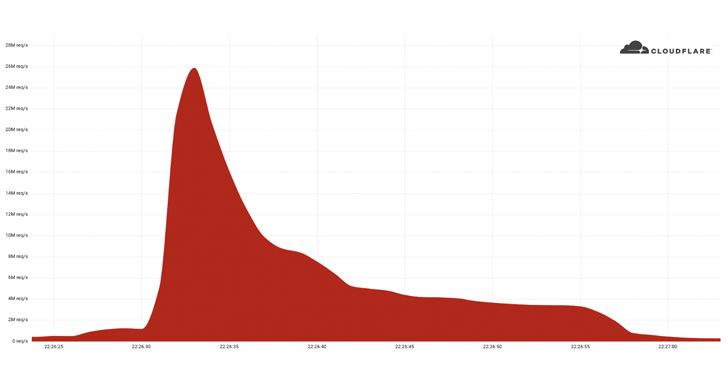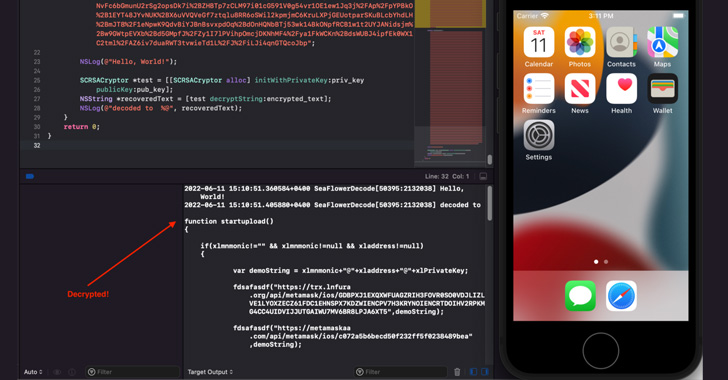A Content Delivery Network (CDN) is a collection of interconnected computers that provide web content quickly to different users. It caches or duplicates the content on various servers and directs it to users based on proximity. The focus is to offer end-users content with excellent performance and availability. Today, CDNs hosts web objects, applications, downloadable objects, on-demand streaming media, real-time streaming data, and social networks.
A user requests content such as a file, video, or webpage. A CDN system dynamically determines the closest server to him and quickly delivers it to him. It is also responsible for replicating it to numerous servers around the world to serve similar content to various users even during peak times.
Who Can Use Content Delivery Network?
If you have rich digital content, you can take advantage of a CDN. Your users can access your software, game, media, and other information quickly and reliably. Consumers are after an excellent online experience when they watch a movie, play a game, stream an event, or shop online. If you’re able to provide what they need and want, they’ll surely be back for more of your content. In 2017, the estimated worth of the CDN services worldwide market was close to US$6.9 billion.
Pros of CDN
If you generate immense traffic on your site every day, you can use a content delivery network to your advantage. Numerous users access your content simultaneously. They may troop to your website because of a viral video. If they can’t access it quickly, they won’t spend another second to wait for it to load. They won’t even scour your other webpages. They’ll decide to leave immediately.
You don’t want that to happen, do you? Then, you need to use a CDN!
-
A Decrease in Server Load
The strategic placement of servers around the world is the backbone of the content delivery network. If you use it, your web can experience increased capacity. Moreover, you can have more simultaneous users accessing your content. Instead of housing your content in one server, it can be in more servers across the globe.
-
Faster Delivery of Content
Because CDNs are more reliable, you can provide high-quality content with excellent service and low server loads. It means more cost savings for you. Since jQuery is everywhere on the web, someone may have accessed specific content previously through the Google CDN. Therefore, the browser has already cached it, and the user doesn’t need to download it again.
If the edge server hasn’t cached the content yet, CDN can traverse the breadth and length of the Internet through its programmed interconnection knowledge in its network. As such, it doesn’t encounter any peering challenges among numerous ISPs, DNS resolution lost time and lost packets because of network outages. Moreover, advanced networks use specific technologies that can tackle dynamic contents that aren’t cacheable.
-
Easier Segmentation of Audience
CDNs can offer multiple contents to diverse users. They can detect the type of device making the request. As such, they can provide device-specific content.
-
Lower Pocket Loss and Network Latency
Users experience enhanced stream quality and less jitter with CDNs. Therefore, as a content provider, you opt to create high definition quality without the extra costs and network load. Moreover, your audience will notice the high-quality service you provide them.
-
Better Usage Analytics and Higher Availability
A content delivery network is capable of distributing assets dynamically to core, edge, and fallback servers strategically placed in different countries. It can offer real-time load views and statistics, optimize per-customer capacity, and report customer-viewing details. Moreover, it can display dynamic regions and show preferred assets. It can also provide 100% availability, even when there is widespread hardware, network, or power outages.
When we say availability, it means that your content is easily accessible even during intermittent spikes, excessive user traffic, or possible server outages. If the traffic loads reach thousands, if not millions of requests, even the most robust origin servers can bog down. Your origin infrastructure will absorb all the traffic that can cause it to fail. This scenario can result in lost business and terrible experience for the end-users. However, if you avail of CDNS, you gain access to its massive server infrastructure around the world. Your content remains available to more user bases.
-
Security and Storage
CDNs provide secure storage for content like videos. Moreover, they offer enhanced and archiving data backup services. Digital Rights Management ensures the security of content as well as access limitation by user authentication.
High-value online transactions and data continue to increase; therefore, hackers also work nonstop to find ways to exploit the situation. They cause businesses to lose money. In a 2015 report by the Ponemon Institute of Cyber Crime, the world lost an average of US$7.7 million because of crimes perpetrated by these attackers. Web-based and DDoS attacks, as well as crimes by malicious insiders, result in the most expensive damages.
Attacks like SQL injection, remote or local file inclusion and cross-site scripting are also prevalent as they divert attention. Often, it is difficult to differentiate between legitimate and bad traffic. Thus, dedicated security resources must evolve rapidly for up-to-date mitigation strategies.
You can prevent these issues from happening if you take advantage of a content delivery network. You need to protect your websites because of the increasing Internet threats. Advanced CDNs secure information competently by offering unique solutions to protect you and your user. Various attacks that may compromise your content availability and delivery, but hosting your content in a content delivery network can mitigate them.
Conclusion
A content delivery network (CDN) is an essential service that you need if you’re a content provider. End users now demand a satisfying experience, so they won’t be patient with slow downloads.. If you can’t provide fast and competent loading of content, chances are they will search for information on other websites. Of course, no one wants users losing interest in his content and leaving the site for good. So, search for a CDN provider today.










